From Hippocrates to Pirogov: military field surgery in different eras
Categories: Health and Medicine | History | World
By Pictolic https://www.pictolic.com/article/from-hippocrates-to-pirogov-military-field-surgery-in-different-eras.htmlWars have accompanied humanity throughout its history. The methods of warfare have changed a lot over the centuries, but death today, as well as three thousand years ago, gathers its abundant harvest on the battlefields. And, just like in the ancient world, specialists who are able to snatch people from her hands with the help of their knowledge and talent are worth their weight in gold today.
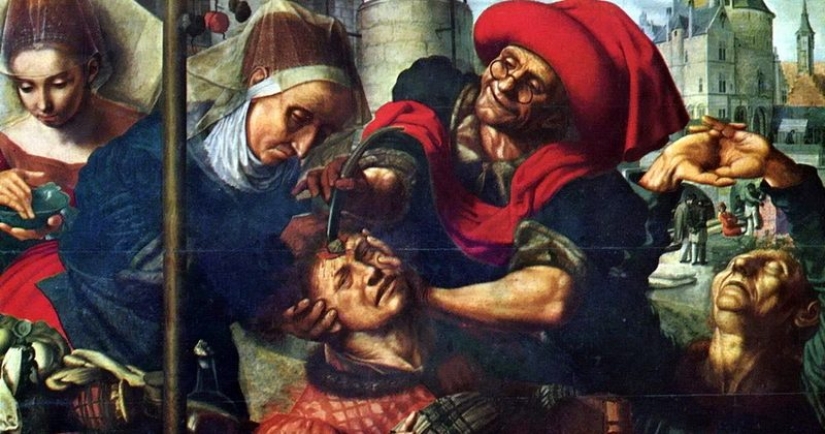
The first mention of military doctors was found in the ancient Chinese written source " Huang-Di nei-ching "("The Yellow King's Treatise on the Inner"). No one knows even the approximate date of writing this document, but it is known for sure that in the VII century BC, the doctors of the Zhou era actively used it in their work.
The treatise "Huang-Di nei-ching" looks like a collection of dialogues between the semi-mythical Chinese emperor Huang-Di and his adviser Qi-Bo. It is known that the emperor lived around 2700 BC, but information about his biography and deeds is scarce and contradictory.
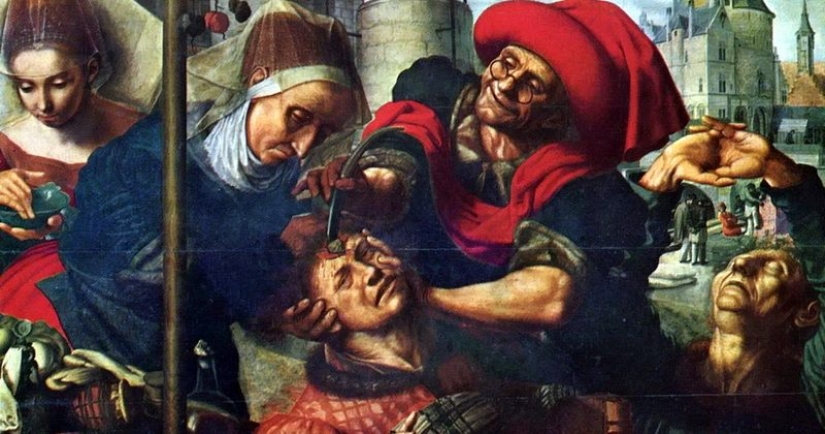
Huang Di (modern image)
In the treatise, two wise men discuss the subtleties of medicine, as well as philosophical issues and the influence of "heavenly forces" on the life of an individual and an entire state. The conversation between the emperor and the adviser is abstract in places, but part of it is devoted to quite specific descriptions of the use of painkillers, the application of tourniquets for bleeding and various kinds of bandages for wounds and burns.
In Europe, the treatise became known only during the opium wars of the XIX century, when interest in everything Chinese awoke all over the world. Unfortunately, practical medical knowledge did not particularly attract researchers of the ancient literary monument. Exotic philosophical concepts, like the opposites of "yin-yang", were studied much more closely.
In the history of the West, the medical niche was firmly occupied by Hippocrates and Galen, whose positions among the aesculapians, both military and civilian, were unshakable. Before Hippocrates, it was believed that any ailment, including a wound received in battle, can be healed by fervent prayers to the gods. In ancient Greece, a person in need of treatment prayed to the god Asclepius and spent the night at his altar.
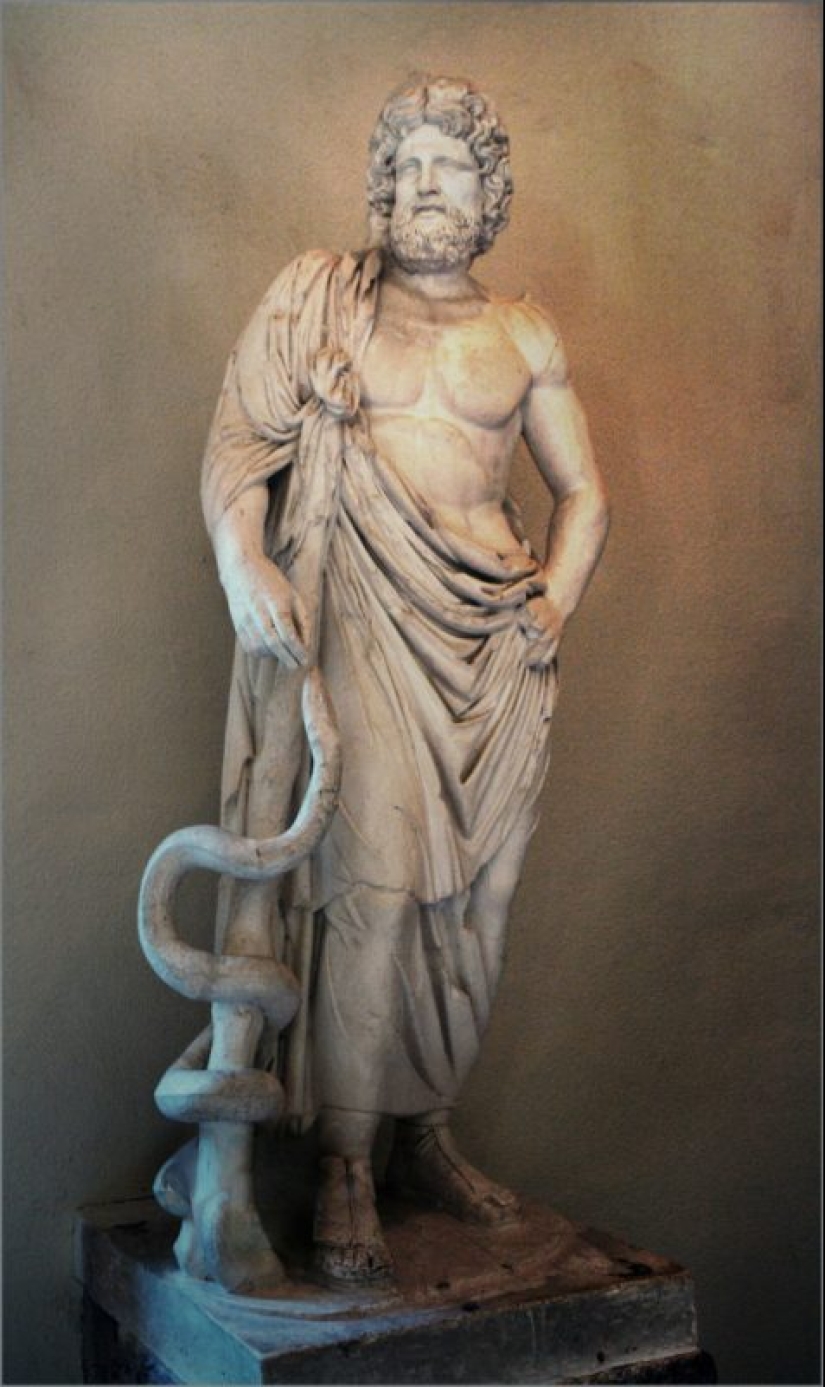
Asclepius — the god of medicine
At the same time, one should not think that all treatment was limited to waiting for the divine will. Doctors applied bandages, prescribed medications and even performed surgical operations. But all this was at such a primitive level that it often brought more harm to the patient than good.
One of the most important achievements of Hippocrates was a detailed instruction on trepanation of the skull. It is obvious that this guide saved the life of more than one soldier who suffered on the battlefield. The "Father of medicine" did not forget about medicines - his descriptions of medicinal herbal decoctions that help with dysentery were no less useful for soldiers in ancient times than instructions on dressings.
Hippocrates
When the Trojan and During the Peloponnesian War, field medics were no longer a rarity and accompanied the troops everywhere. This is confirmed by excerpts from the works of Homer and other ancient Greek authors. Military doctors of that time deftly extracted arrowheads from wounds, stopped the blood with burning powders and performed bandages quite effectively.
Even then, copper needles and threads from bovine intestines were used to sew up deep cut and chopped wounds. It should be said right away that there was no regular medical unit with specified duties in the troops at that time. Most often, the wounded helped themselves or were helped by comrades-in-arms.
In case of a fracture, a simple splint was made from improvised means, and if the limb was severely damaged and because of this there was a threat to the life of the warrior, then it was simply chopped with an axe, then cauterizing the stump with a red-hot iron. The mortality rate during such operations was very high, and even more patients died later from complications. Fighters who received severe penetrating wounds to the body and head were usually doomed to death and simply waited in the wings or for a miraculous healing, without relying on medicine.
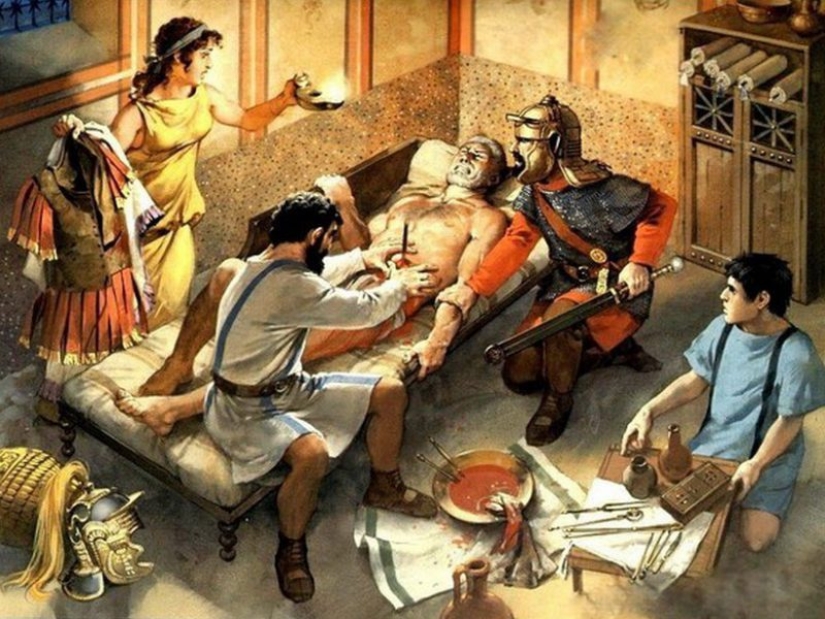
The first medical aid in the army, which can be called organized, appeared in the legions of Ancient Rome. There were special units of deputies (from the word deputatus-envoy), who had no weapons and were engaged only in collecting the wounded on the battlefield and carrying them on a primitive stretcher from poles to a military camp.
In the camp, medical personnel were waiting for the victims, each of whose members had their own duties. The chief doctor made diagnoses and sorted the wounded, the main staff did dressings and operations, and the students assisted, performed various tasks and gained experience.
At first, priests were engaged in medicine, but then they became scarce and well-trained" civilian " children of wealthy Romans began to be sent to military field medical units. One of these immigrants from the Roman elite was the famous Galen, who was almost a thousand years ahead of the medicine of his era.
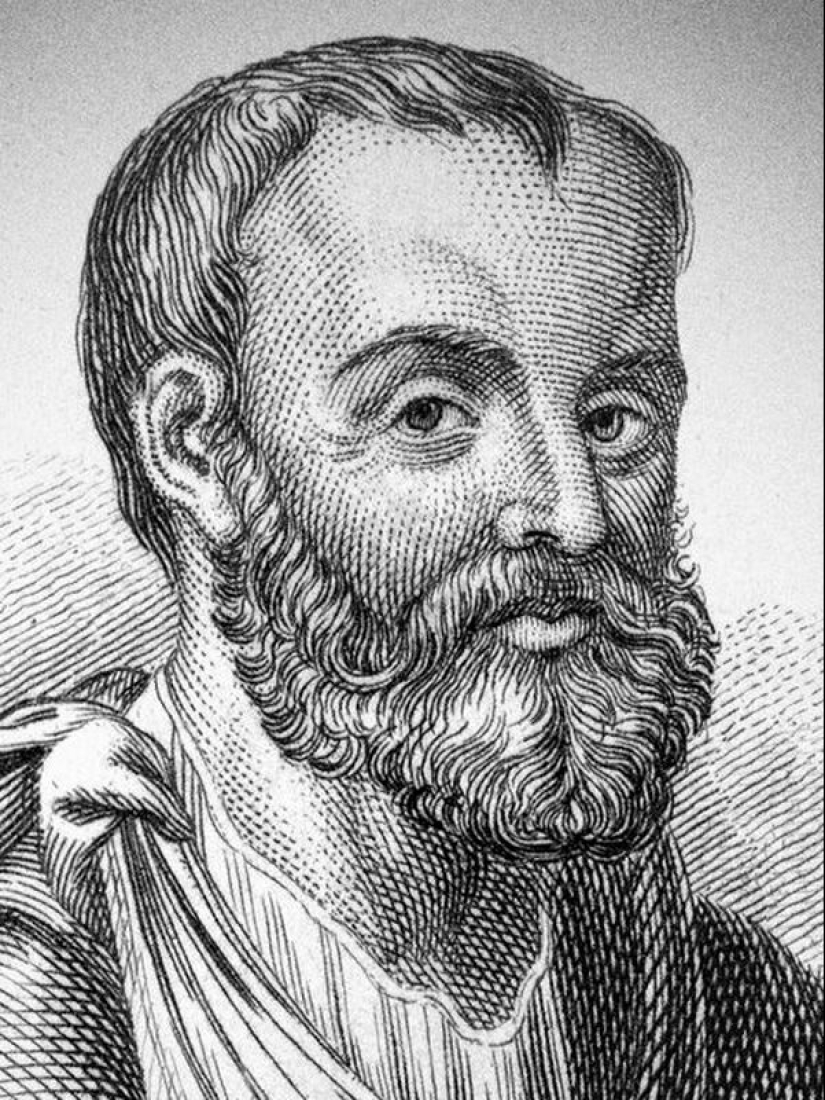
Claudius Galen
According to legend, Galen was sent to study to be a doctor by his father, who was advised to do this by the god Asclepius, who appeared in a dream. The young man spent four long years gnawing on the granite of medical science in the Asclepion — the most famous temple of the god-healer in the ancient world, located in Pergamon.
But a few years among the priests did not seem enough for Galen, and he went to study in Crete, and then to Cyprus. There is also a version that even after that, the Roman, who passionately loves medicine, did not calm down and continued his education at the Great Medical School in Alexandria, Egypt.
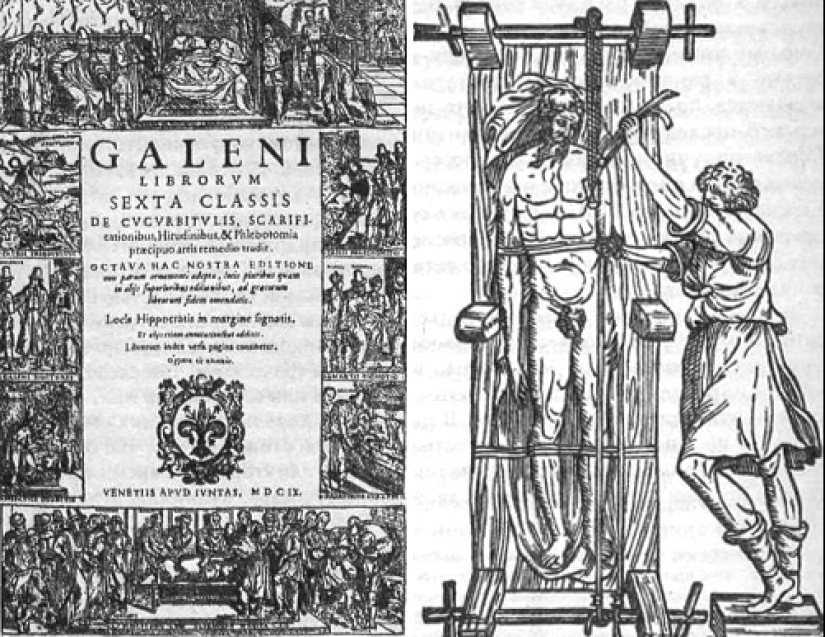
The fame of a skilled healer led Galen to Rome, where he was entrusted to treat the Emperor Arcus Aurelius himself, and then Commodus. Later, after completing an active practice, the already elderly Galen sat down for scientific works. Having systematized fragmentary knowledge and methods, he created a single coherent medical teaching, which still impresses specialists.
For his time, Galen was just a genius. The scientist proved that it is the brain, not the heart, that controls human actions, described the circulatory system, introduced such a concept as the nervous system and founded pharmacology as a science.
Hippocrates, despite all his merits, took only a step towards real medicine. Galen continued his work and from abstract concepts created a completely effective science about the human body and its healing.
The Middle Ages gave mankind many outstanding doctors who followed in the footsteps of the great Galen. This period of history is filled with large and small military conflicts and epidemics, so there was no shortage of practice for any specialist.
Military medicine in these conditions moved by leaps and bounds. Doctors were trained at universities together with theologians, and the demand for both was incredibly high. Monarchs and military leaders lured the best specialists from each other, offering decent wages and ideal conditions for practice and scientific research.
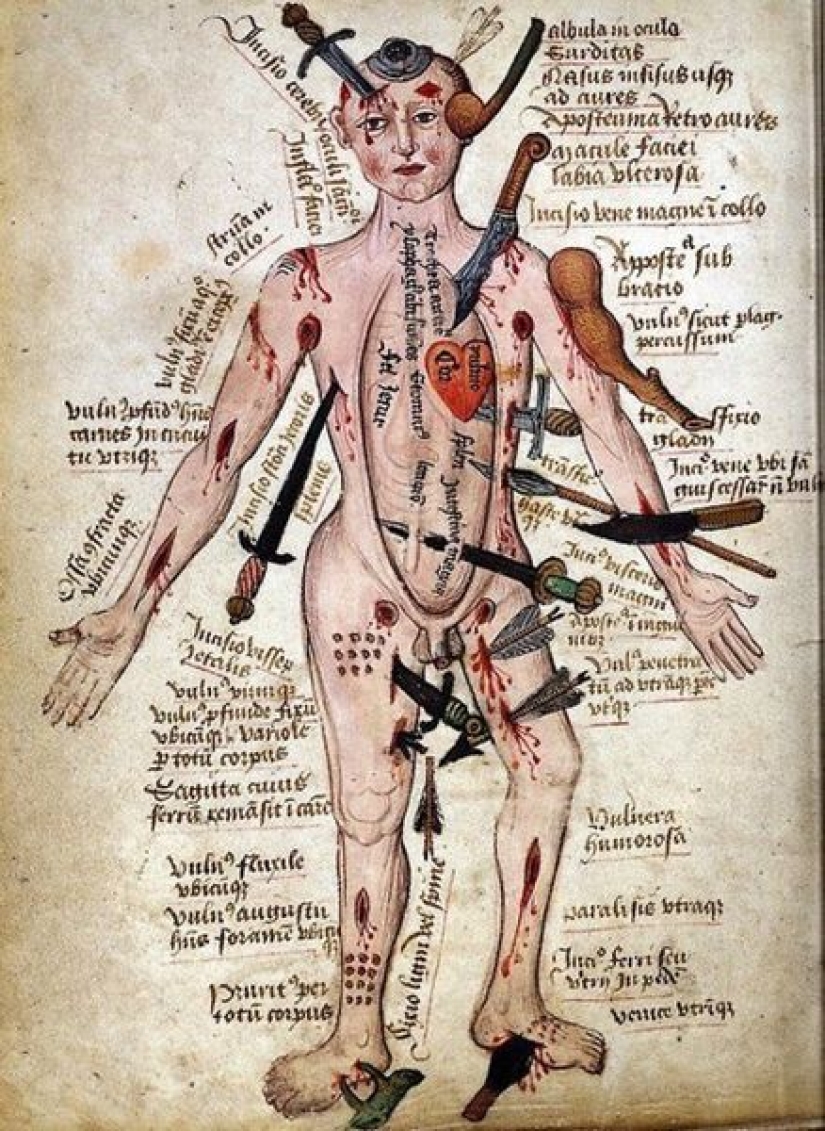
Unemployment did not threaten the least skilled aesculapians either. If the luminaries of medical science used kings, barons and bishops, then those healers who were simpler actively healed citizens and peasants or disappeared for days in the autopsy rooms, opening plague and cholera corpses.
One of the first famous doctors of the Middle Ages can rightly be called John Bradmore, who was listed as a court surgeon of the English King Henry IV. The royal doctor succeeded not only in medicine, he is also known as one of the most skilled counterfeiters of the XIV-XV centuries and an excellent blacksmith.
In the years 1403-1412, Bradmore created the main work of his whole life — the medical treatise "Philomena". There was not much practical use from it, since most of the folio was occupied by boastful descriptions of which famous patients trusted their health to the court surgeon.
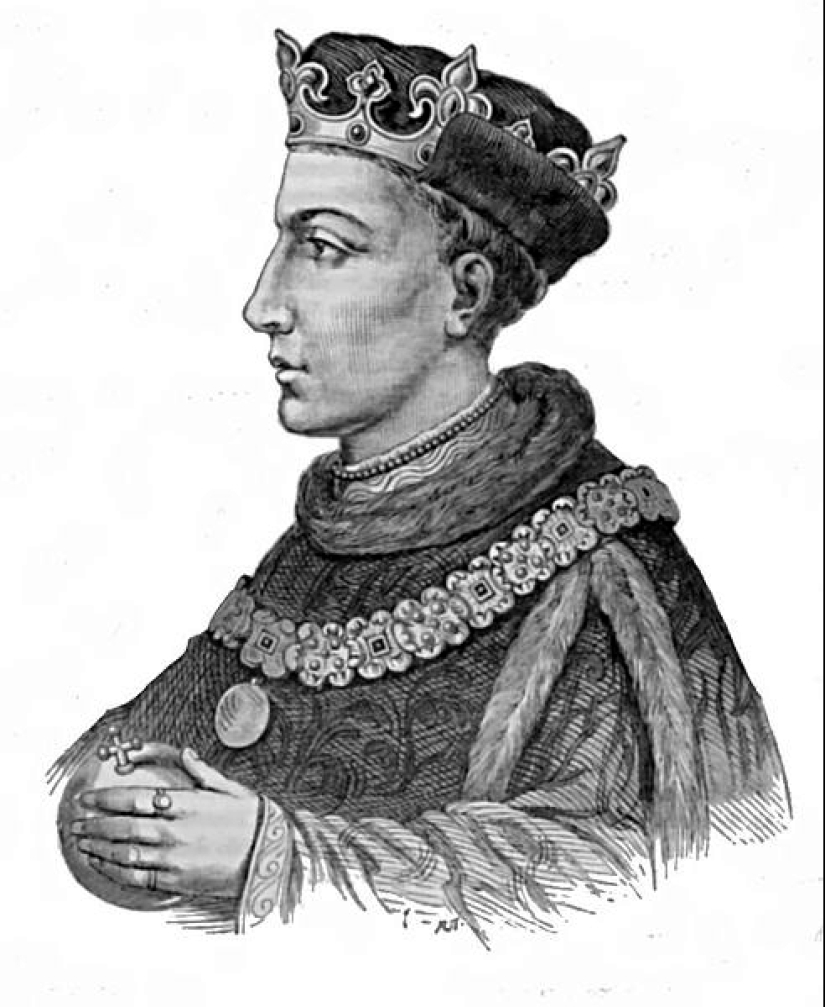
Henry V of Lancaster
But this does not detract from the merits of Bradmore. The most famous patient of the surgeon was the future King Henry V, who was wounded by an arrow in the face at the Battle of Shrewsbury. Immediately after the injury, the 16-year-old prince was taken to the nearest castle, where the healers only managed to extract the shaft of the gun.
The doctor, after examining the patient, realized that it would not be possible to remove the tip with poultices and decoctions. Therefore, on the same evening, the skilled blacksmith Bradmore forged a unique tool of its kind, having the form of hollow oblong tongs. The device had a screw mechanism that allowed you to accurately adjust the force when capturing objects.
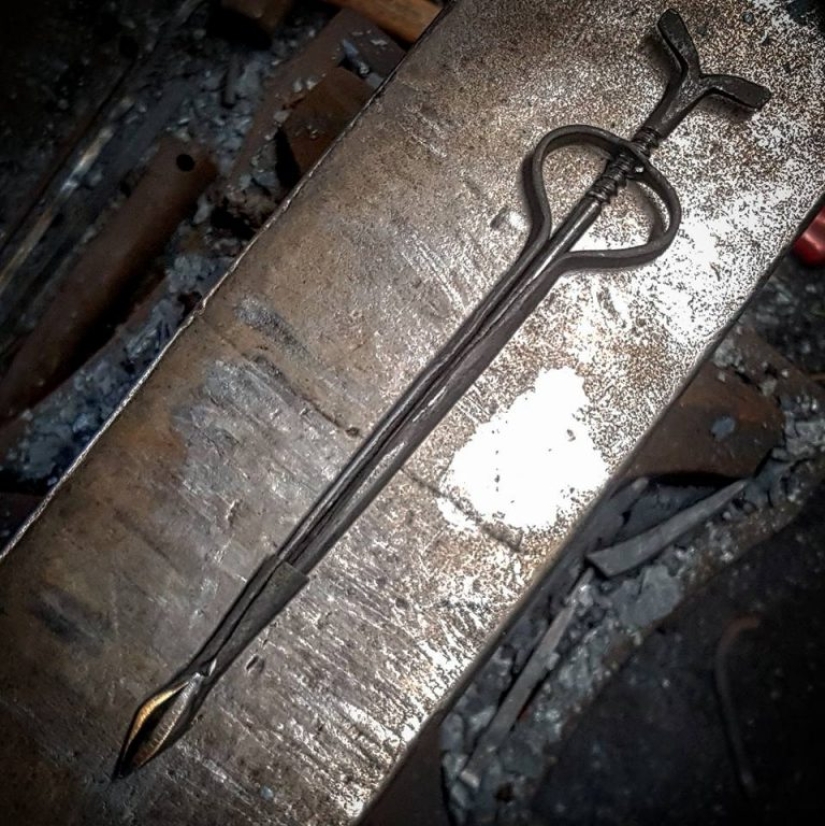
Bradmore Forceps
The operation took a little time — the surgeon inserted the device into the wound on the face of the future king, felt for a foreign body and securely fixed it in the forceps of the screws. After that, it remains only to gently loosen the tip and carefully, but confidently remove it outside.
This incredible operation for the XV century, which saved the heir to the throne's life, forever inscribed the surgeon, blacksmith and counterfeiter in the history of world medicine. But after pulling out the foreign body, Bradmore did not go to rest on his laurels, because he knew perfectly well that the fight for the patient was not yet won.
To exclude suppuration, the doctor treated the deep wound with white wine and dipped cotton swabs soaked in a special composition containing honey into it. After the wound was partially healed, Bradmore pulled out the tampons through a specially left hole, and then treated the damaged area with a secret Unguentum Fuscum ointment, consisting of 20 plant and animal components.
Henry recovered and the only thing that reminded him of a battle wound all his life was an impressive scar on the left side of his face. Royalty in the Middle Ages died often and the causes of death were much less serious than a head wound, so Bradmore made a real breakthrough for his time.
By the XVIII century, wars had turned from local skirmishes into large-scale campaigns between entire empires, which also affected field medicine. Finally, there are more doctors in the army than chaplains, and they began to approach healing from the point of view of materialism.
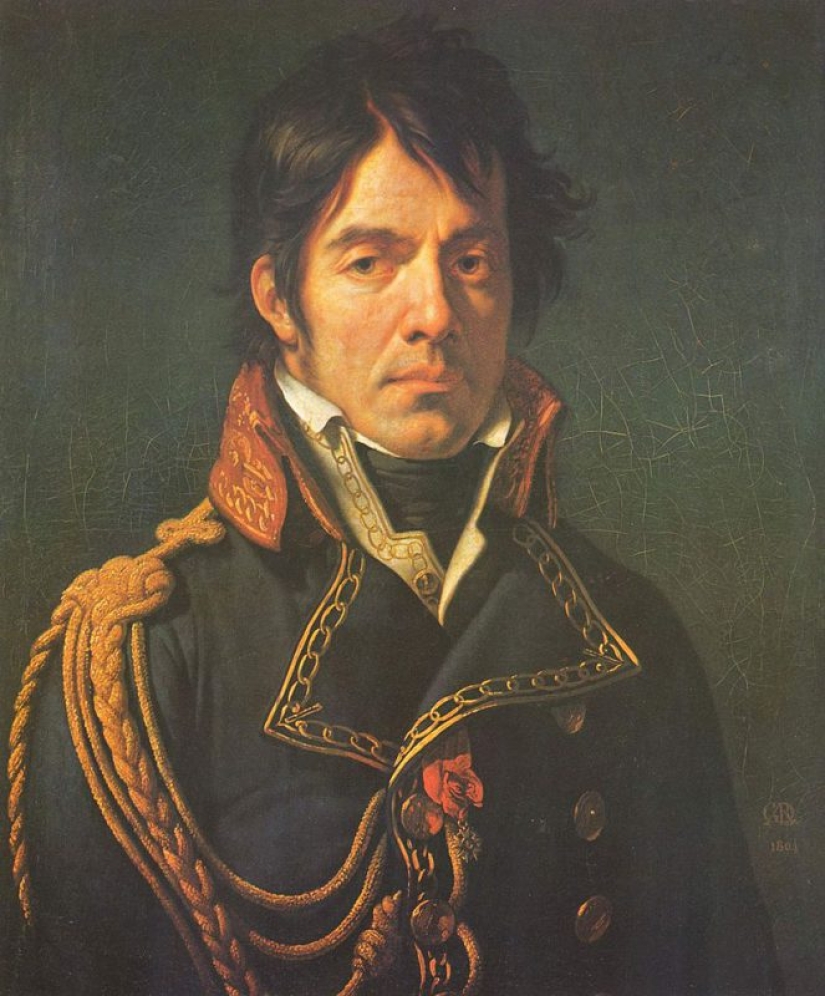
Dominique Jean Lorray
Among the great minds of military medicine of the XVIII century, it is worth mentioning Dominique Jean Lorray, who is considered the father of"ambulance". This French doctor was the first to suggest the use of mobile horse-drawn field infirmaries, which saved many lives.
Of course, our story about the great military doctors would be incomplete, without mentioning the great Russian surgeon and anatomical scientist Nikolai Ivanovich Pirogov. In 1847, during the Caucasian War, he successfully applied anesthesia with chloroform and ether for the first time. The attempts made before by British doctors were unsuccessful and led to the death of the patient or the lack of the necessary effect. Pirogov also owns another important invention — a plaster cast for fractures.
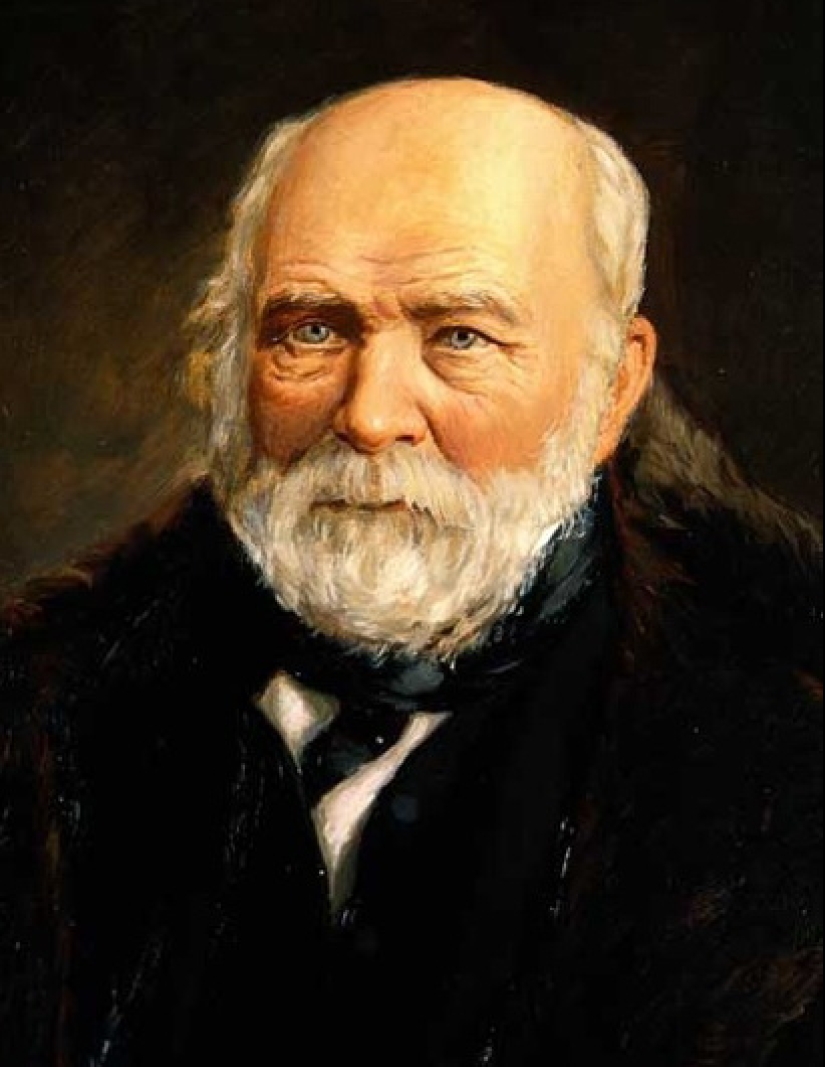
Nikolai Ivanovich Pirogov
The XX century, rich in global military conflicts, has advanced military medicine far ahead, giving rise to many new directions and methods. Today, field medicine keeps pace with the art of war and not only looks for solutions to problems as they arise, but also boldly looks into the future.
Keywords: Military | Ancient world | Wound | Surgery
Post News ArticleRecent articles

Gloria Ramirez can be considered a very ordinary American. Her life was quite happy and unremarkable. Everything changed when she ...

John Poppleton is a photographer and artist who knows what beauty is firsthand. He creates it himself. Specializes mainly in ...
Related articles

The inhabitants of ancient Egypt treated many animals with great respect, but cats have always been especially important to them. ...

During the Vietnam War, a whole sex industry for American servicemen emerged. Moths gathered in bars where Americans often had fun ...

More than a hundred years have passed since the end of the First World War. Many generations have passed since then. When you look ...

Today, the white flag is perceived as a sign of surrender or a request for negotiations. But when and why did a simple white cloth ...